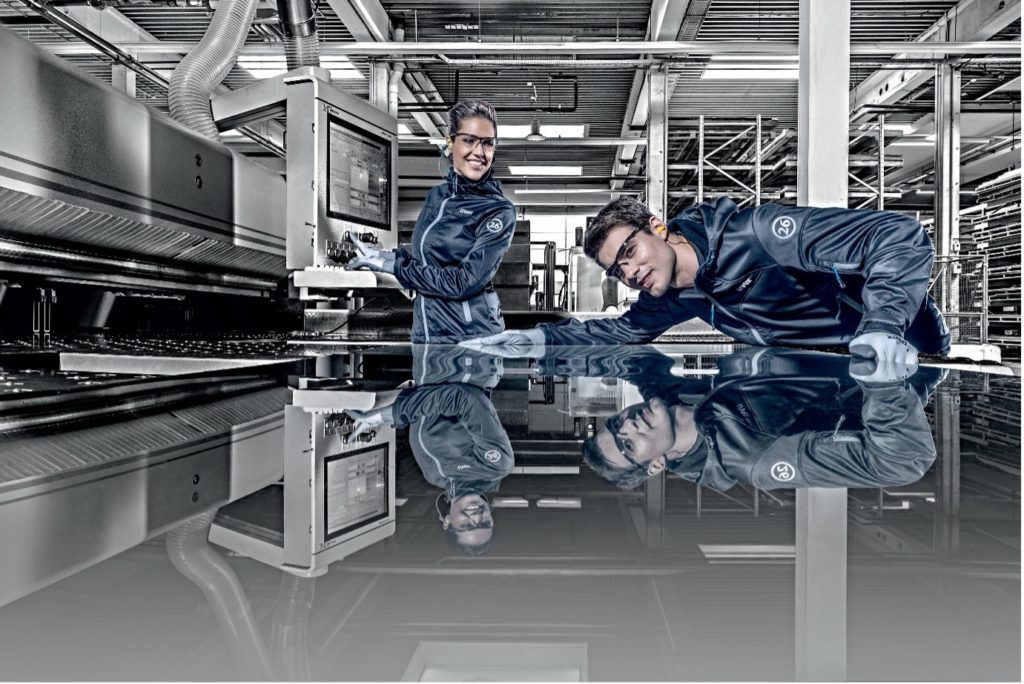General, Personal Protective Equipment
Understanding Noise Levels and Safety Measures
Safety – For the Long Term
From a Work at Heights perspective there has always been an immediate result to an accident/incident, for example, Bob falls off a ladder = Bob goes to hospital with injuries which he or his employer hopes are not too life altering…
HEARING TRAINING RECORDS MUST BE KEPT FOR 40 YEARS
This is significantly different when we take a look at hearing protection. To think that records must be kept for 40 years is important. Imagine being any age from 26 to 65 and losing your hearing because of work carried out when you were 25… CRAZY!
While we are addressing the topic of age – The World Health Organisation (WHO) have stated that more than 25% who are also over the age of 60 are affected by disabling hearing loss. It may happen that hearing loss in the elderly occurs much earlier than we think.
I would be interested to understand what percentage of this statistic is as a result of noise induced hearing loss from the industrial sector alone.
UNDERSTANDING DANGEROUS NOISE LEVELS
Noise levels can be considered dangerous when they exceed 85dB (decibels). The examples below provide some practical examples of noise levels.
Activity = decibels involved = What period of time becomes dangerous having this exposure.
- A whisper = 30dB = Not dangerous for any continuous period
- Talking = 60dB = Not dangerous for any continuous period
- Truck/Heavy Traffic = 80dB = around 8 hours of continuous exposure
- A hairdryer = 90dB = around 2 hours of continuous exposure
- A helicopter = 100dB = around 15 minutes of continuous exposure
- An angle grinder = 110dB = around 2 minutes of continuous exposure
This demonstrates how quickly continuous exposure can damage your hearing in the future.
MAKE SURE YOU UNDERSTAND WHAT EXPOSURE YOUR EMPLOYEES ARE EXPOSED TOO
We have, unsurprisingly, had clients hear this kind of information and proceed to request the biggest, strongest hearing protection available as it will remove the risk… NOT LIKELY!
This demonstrates how quickly continuous exposure can damage your hearing in the future.
Over protection is also an important issue to address! The easiest way to think about this is if you are driving in your car and because the radio is broken you are blasting your music through your headset… will you hear a motorcyclist revving his or her engine next to you, or a motor vehicle driver hooting to catch your attention?
In a work scenario the same applies – one needs to approach the severity of noise with an adequate hearing protection solution. If you are working in an area with noise levels at 95dB then you require a solution which can bring the noise level to above 70dB and below 85dB’s.
All of the above should urge people to take noise levels seriously… but realistically we know that will not always happen. To provide additional motivation and direction Occupational Health and Safety regulations can be considered.
HEARING PROTECTION – THE ONLY FORM OFF PPE WHICH IS INSERTED INTO THE BODY
There is a major need to ensure the product being used is trusted. Thus far hearing protection products and devices are the only form of PPE which can be inserted into the body.
Having heard clients who have had issues from rashes due to the type of material used to manufacture an earplug, to horror stories of client’s employees having pieces of earplug break inside their ear. It goes without saying that extensive research should be carried out to identify a solution for your unique working environment.
Get in touch with one of our Subject Matter Experts to understand the implications by law, best solution to your possible hearing hazards or to conduct a FREE hearing conservation training program which will stand you in good stead for any future incident regarding hearing.


